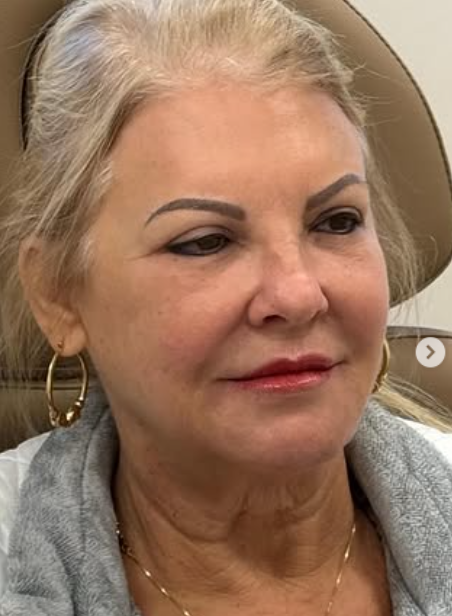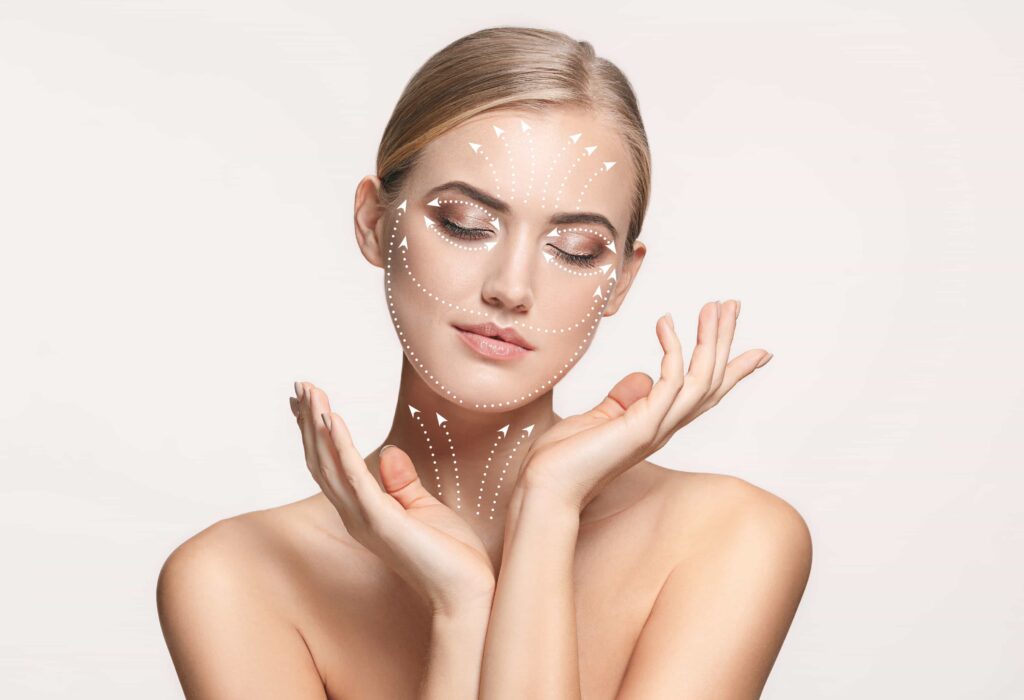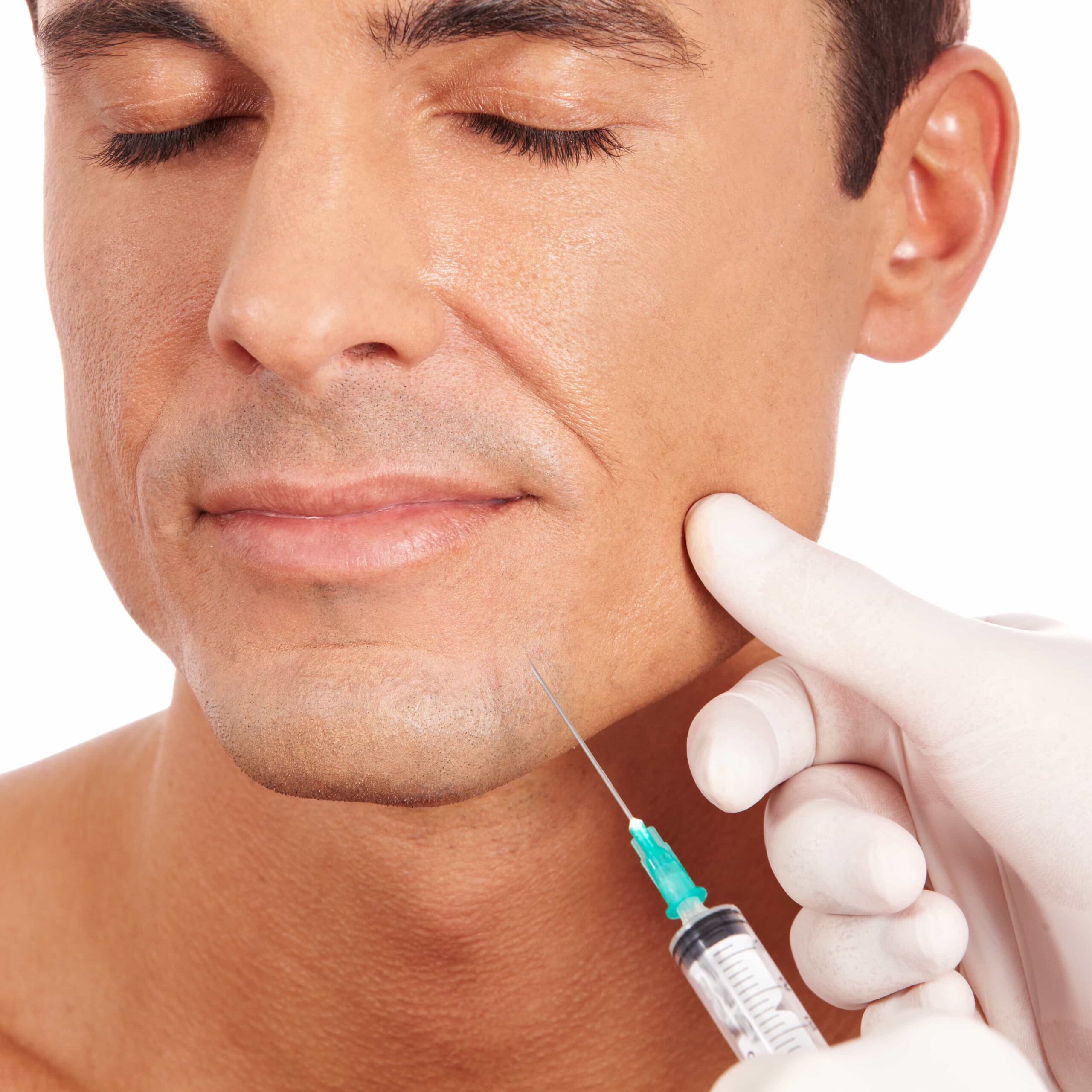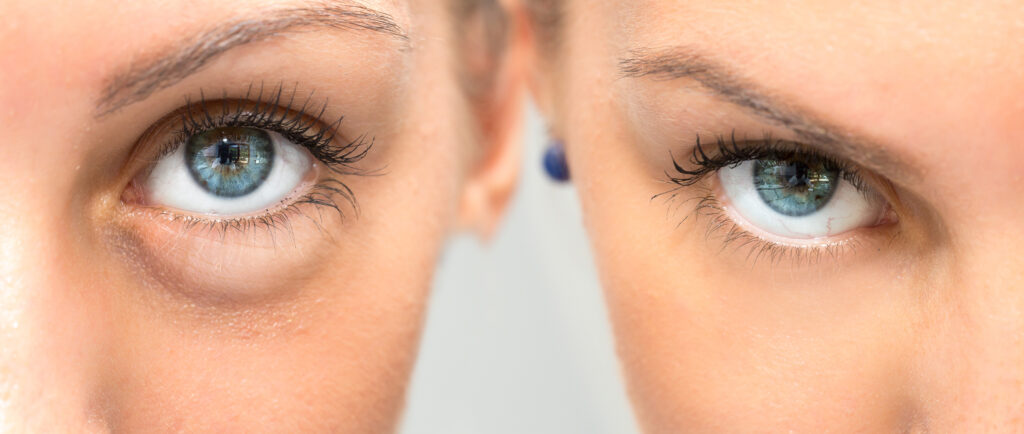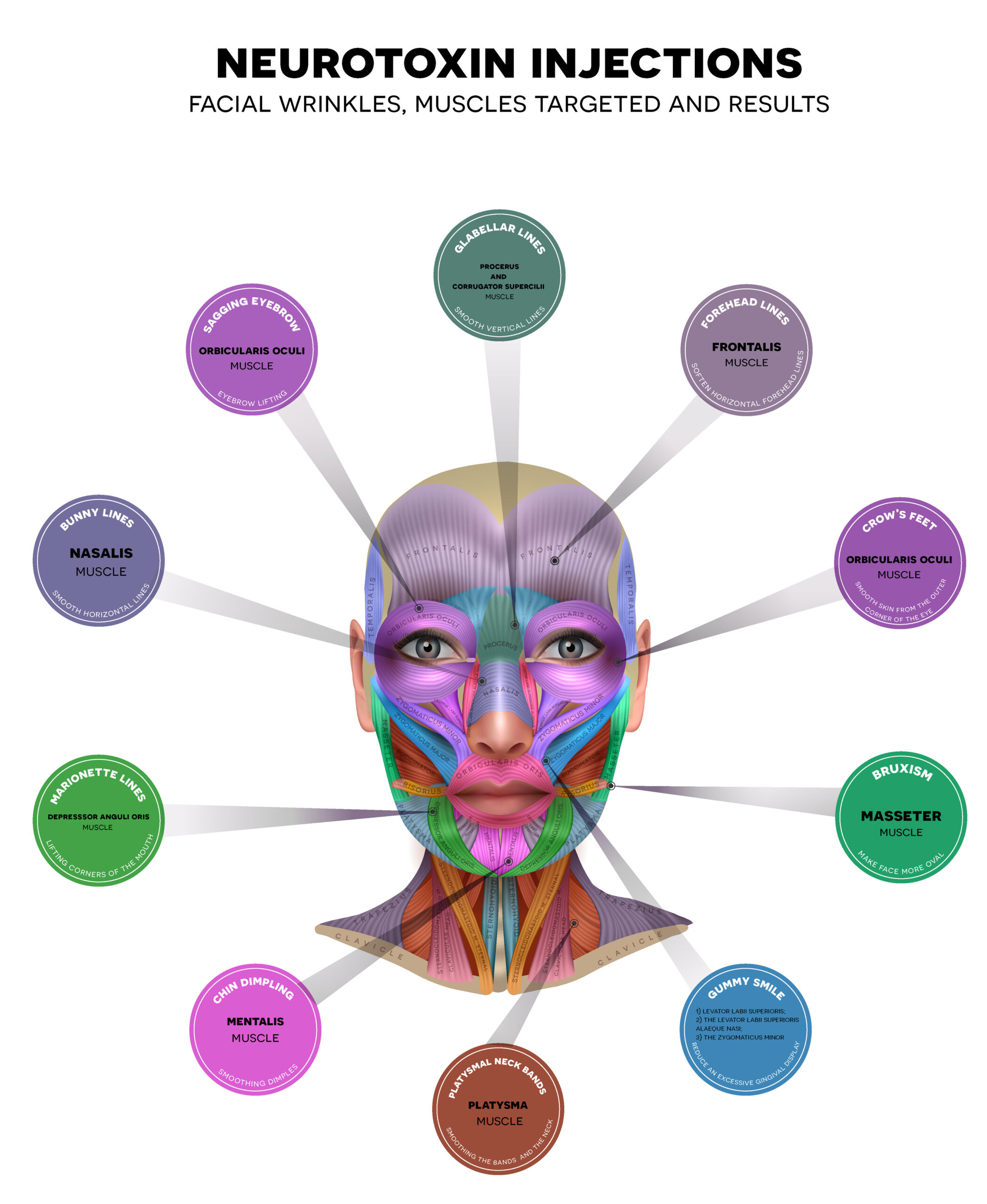
Some ideal candidates include:
After a cosmetic procedure, it is important to avoid disturbing the treated area. For example, touching, rubbing, or applying pressure can potentially displace the filler or lead to complications.
In addition, patients should avoid facials, dental work, or massages during the first two weeks post-treatment to prevent interference with the healing process.
Likewise, it is best to minimize intense physical activity for the first 24–48 hours. This is because vigorous exercise can increase blood flow, which may cause the filler to shift from the treatment area.

